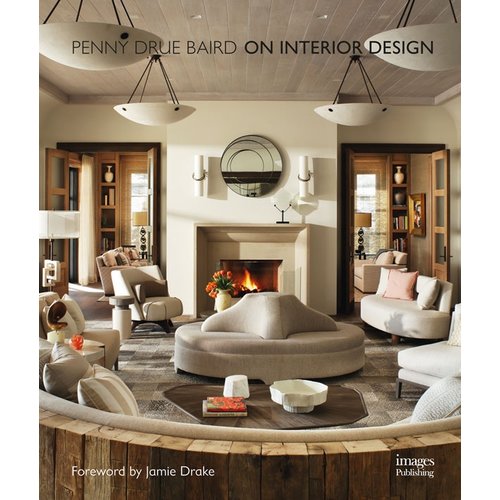A Conversation with Matt Miller, President of Interface Americas

The Kyle 2 tufting facility, named after Joseph H. Kyle – one of the company’s original officers – was built in 1988 and currently employs 60 people working three shifts. Facility improvements over the last 12 months include installation of seven dual fixed creels to replace the portable creel system.
Interface recently held a ground-breaking ceremony for its Kyle 2 plant expansion project in LaGrange, Ga. We had the opportunity to talk with Matt Miller, president of Interface Americas, about the company’s plans for this expansion. Following are excerpts of that conversation. You can listen to this conversation in its entirety on the floortrendsmag.com website. Simply click on TalkFloor podcasts.
TF: Interface announced that it would be expanding and modernizing its Kyle 2 plant. Talk about these modernizations.
Miller: We recently went through a strategic review of our supply chain operation across our Troup County campus in what is really the first phase of a multiphase investment in our operations in the county. We have operations in the city of LaGrange, which we call our Kyle facilities. We also have facilities in West Point, which is our Ray C. Anderson facility (RCA). This first phase, which we just broke ground for, is slated to be done in the third quarter of 2018. We are adding about 40,000 to 50,000 square feet of production space, which will be a tufting facility within the Kyle plant which will focus ultimately on high efficiency and long runs. We are also, in phase two, going to build a co-located warehouse, primarily for raw materials. When completed, we will also add an office building where the supply chain organization will be housed.
Overall, we will be spending up to $55 million on re-footprinting and relooking at our supply chain operations. We are moving into a world where we will have two very purposeful facilities across our footprint. Kyle will be focused on our bigger moving products, longer runs, more efficient runs. Our RCA facility will be focused on maintaining flexibility and our ability to respond to customer needs for smaller quantities.
TF: This modernization effort will be a part of the company’s Mission Zero effort. Talk about this effort and its long term goals.
Miller: We are on track with Mission Zero. Mission Zero is set to expire in 2020, so we have a couple of years to make progress, and we are super excited about the progress we have made. We publish our eco metrics on an annual basis and we have achieved a 95% reduction in our greenhouse gas emissions per unit of product, 35% reduction in our carbon foot print, we are up to 96% of renewable energy in North America. We are very proud of the progress we have made there, but as you may know, last year, given that Mission Zero is coming to the end of its life cycle, we stepped back and asked what’s next. What new mission for the company will we set? So we launched our Climate Take Back initiative, which is really about how we can reverse the impact of climate change. This is really a far reaching initiative that has lots of different elements and is typical of Interface, given our longstanding history of leading the sustainability conversation. One of the pieces that has a direct implication to Troup County is what we’re calling our "Factory as a Forest" initiative. What we have done is look at our Kyle 2 and Troup county expansion as a way to take a step back and ask the question: If a factory were to be built, how can it be made to operate more like the ecosystem in which it exists or a forest?
As a result, we worked with a number of people, Biomimicry 3.8, Janine Benyus and the group there, as well as the folks a Terrapin Bright Green and they helped us to take a look at what an ecosystem would look like, how it would operate and how can we think about building it into the physical structure, building things that would help the factory behave like and mimic an ecosystem with things like water, carbon and energy. So we have been on purpose about building things into the design of the facility that came out of the study that we conducted — things like rain water collection and gray water use within the facility. We will have solar panels on the roof that will handle the facilities’ air handling and air conditioning equipment and lighting. It will include things like water features that send water back into the atmosphere. We will also utilize the right types of landscaping and also provide access to daylight for people who work inside the factory.
We are really excited about these features and we have made a significant investment and carved off a pretty significant chunk of money that will be supporting these investments and really putting our money where our mouth is.
TF: What about waste produced at the facility, will that be dealt with?
Miller: Absolutely. That is one of the seven fronts of Mr. Anderson’s vision and part of Mission Zero is to absolutely look at waste. This is a key metric we have within our operations globally, looking at how to reduce and minimize waste, and in cases where we do have waste — for instance, the trim scrap that is produced when it’s cut into carpet tile gets put back through the process internally and reused.
Minimizing and reducing waste will always be a hallmark of our supply chain operation.
TF: It appears that the percentage of carpet tile in the total soft surface arena is growing.
Miller: It is. And if you look segment by segment, there are areas where carpet tile was penetrated very deeply. In the corporate office space, carpet tile is the de facto standard. Yes, there are some smaller niches that are the stronghold of broadloom. There are some other segments where carpet tile has room to grow — education, hospitality and retail — and there is definitely room for the growth of carpet tile over broadloom in some of those segments, and those are areas of growth for us that we are focused on.
Looking for a reprint of this article?
From high-res PDFs to custom plaques, order your copy today!









